I SEE YOU (2019)
Strange occurrences plague a small town detective and his family as he investigates the disappearance of a young boy.
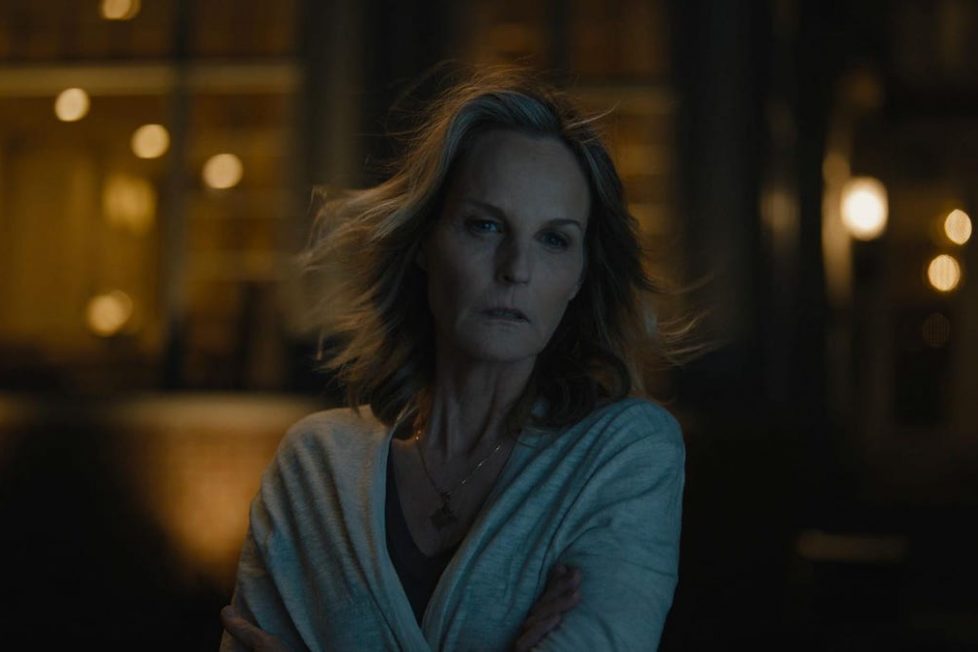
Strange occurrences plague a small town detective and his family as he investigates the disappearance of a young boy.


I See You relies almost entirely on a series of genuinely ingenious twists and turns to keep audiences engrossed and guessing… right up until the final few frames. A careless remark from someone who’s seen it could so easily spoil the fun. It’s also really hard for reviewers to talk about without giving too much away. For the first half, there’s a similar vibe to another 2019 twisty thriller, Strange But True. Don’t worry, though, I See You makes none of its mistakes and its own revelations are consummately handled, with none relying on a huge not-so-clever twist.
Without prior knowledge, it’d be almost impossible to second guess what’s coming. In fact, director Adam Randall is so sure of this, he actually gives the audience the advantage of such prior knowledge by running through events twice with a clever narrative conceit. I mean that as a good thing!
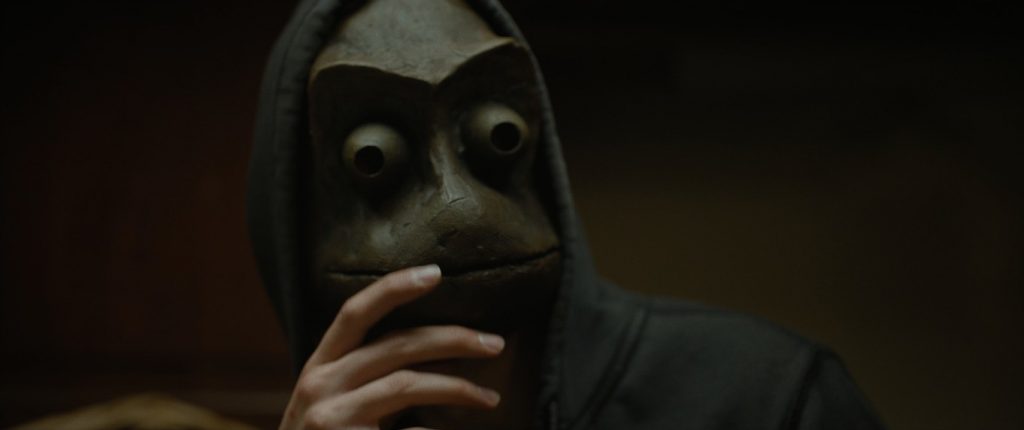
The director is playing a game with audience expectations, and it’s one of two halves. The intricate series of set-ups and reveals come thick and fast. Just enough of them can be worked out in advance to keep the audience playing along, but it’s a masterclass in cinematic sleight-of-hand that demands viewer vigilance at all times.
The visually arresting opening hooks us in. Fantastically smooth drone-work gives a viewpoint like some predatory raptor, following a young boy cycling through woodland. This idyllic scene quickly develops a sense of unease until the boy’s suddenly lifted from his bike by an invisible force. Then we meet the Harper’s in their large and pristine lakeside dwelling; a seemingly perfect family living in the perfect home. But, like so many things in this movie, they’re not quite what they appear to be…
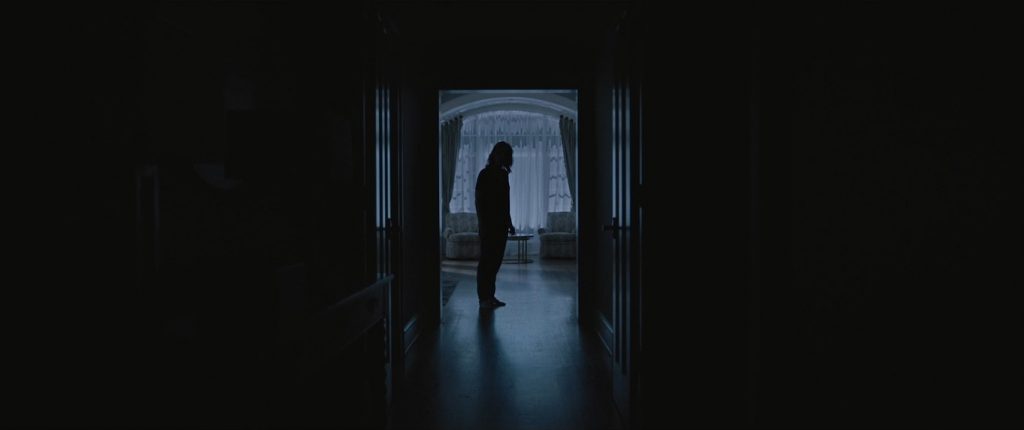
After such a strong, attention-grabbing start, my heart sank a little to be back on familiar ground in a strained family environment. Again, it was redolent of Strange But True. How many films start out with a bickering mother-son relationship because one of the parents had an affair and its “tearing our home apart!”
In this instance, it’s the mother, Jackie Harper (Helen Hunt), who strayed from her husband, consigning hard-working police detective Greg (Jon Tenney) to spending his nights on the couch. This upset is causing their teenage son, Connor (Judah Lewis), to become understandably angry and take sides… but, as dire as that familial drama may sound, it’s rescued by superb performances all round. There’s a focussed use of dialogue and the restrained underlying tension makes the explosive moments of anger all the more effective.
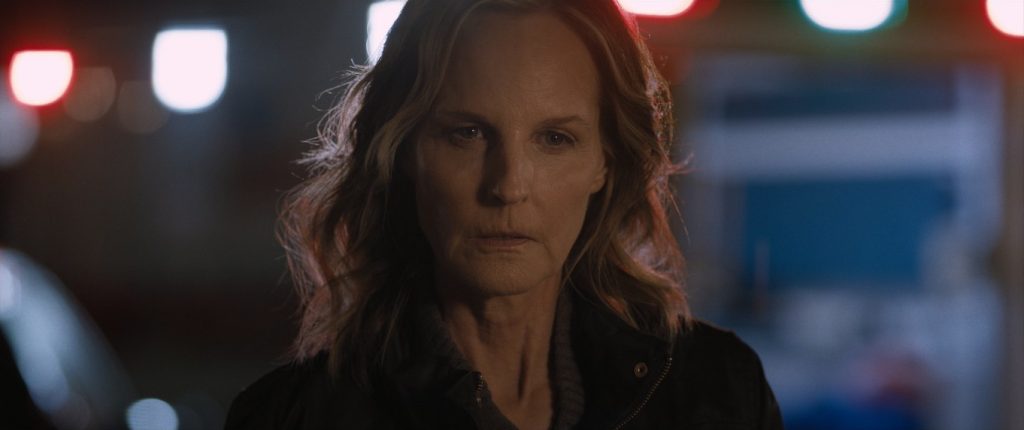
Off-hand, I can’t think of a better use of the ‘fractured family’ subplot in a mainstream thriller. I’m so tired of contrived interpersonal conflict thrown in to ‘keep things real’. Thankfully, writer Devon Graye ignored his creative writing tutor and delivered something delightfully different. He expertly establishes the dysfunctional family dynamic which, this time, turns out to be necessary for the narrative, and then moves swiftly along into more interesting territory.
Hey, when did that family drama morph into supernatural horror? Inexplicable things begin happening around their idyllic home. Objects appear to have moved by themselves or have vanished entirely… electrical appliances misbehave… the record player starts up when there’s nobody’s in the room…. the television switches on of its own accord and won’t be silenced. Eerily this happens when there’s a news report about 10-year Justin Whitter (Riley Caya), the boy who went missing while riding his bike home from school. Is the same invisible force responsible? Or is one of the family trying to gaslight the others?
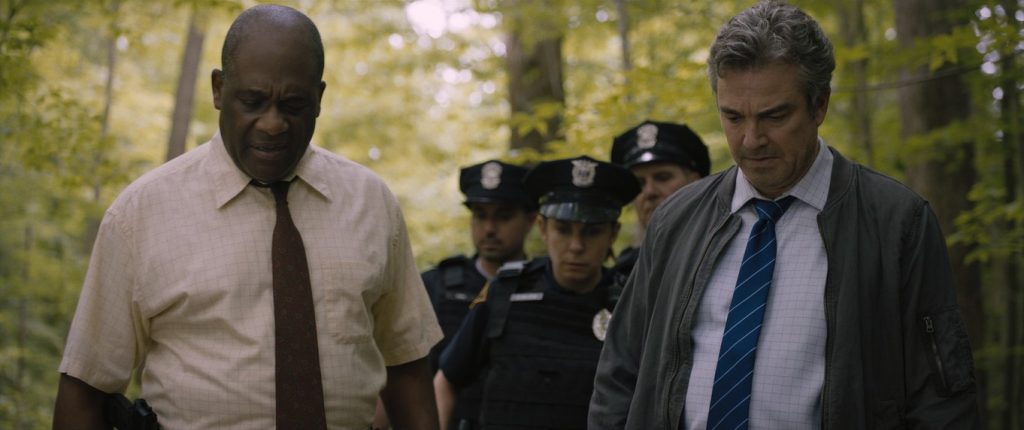
Greg and his police partner, Spitzky (Gregory Alan Williams), have been assigned the Whitter case because of similarities with a series of abductions and murders that took place in the area 15 years earlier. The evidence suggests that either they put the wrong man behind bars, or there’s a copycat with connections to the original killer… and it isn’t long before a second young boy goes missing.
It appears that their fears are confirmed, and the story meanders into police procedural format, with likely supernatural overtones. It feels like we might be veering into a similar zone as Wes Craven’s Shocker (1989), albeit with less exuberant execution.
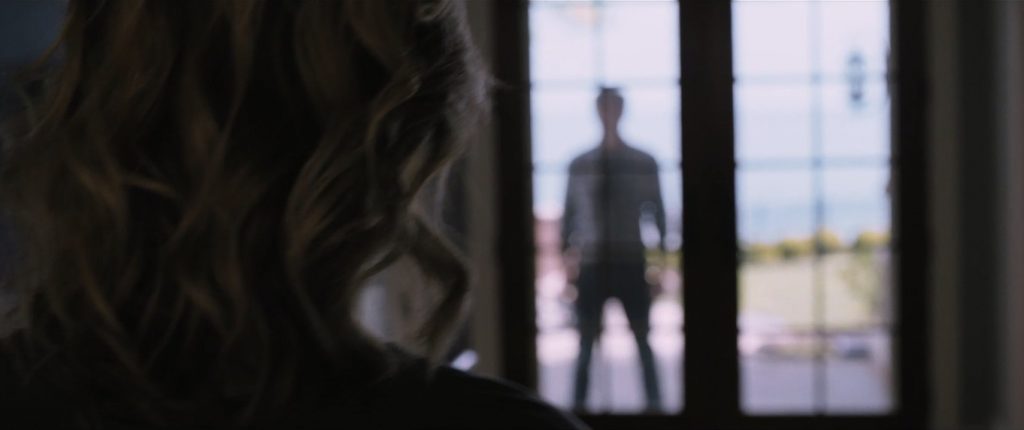
The missing children theme has become a ubiquitous narrative in contemporary thrillers. It’s difficult to find a gritty drama that doesn’t feature at least one missing child underpinning it: Broadchurch (2013-17), Top of the Lake (2013-17), The Missing (2014-16), The Child in Time (2017), Black Mirror’s “Arkangel” (2017), Kiri (2018), Safe (2018), Requiem (2018), Save Me (2018-20), and that’s just off the top of my head! Clearly, it’s a narrative that preys upon a primal fear for any parent and plays into everyone’s memories of their own childhood. But here, just like the familial feuding, it’s integral to the plot.
Then things get unexpectedly complicated by the arrival of Jackie’s lover, Todd (Sam Trammell), who confesses his love for her and asks her to run away with him. Now, this is one of those bits that can’t really be discussed without spoiling things because it’s a pivotal plot point that pulls a narrative coup de foudre. And by now the film’s only about halfway through and it feels like we’re already building to a crescendo and the final shock reveal. Well, yes, and no…
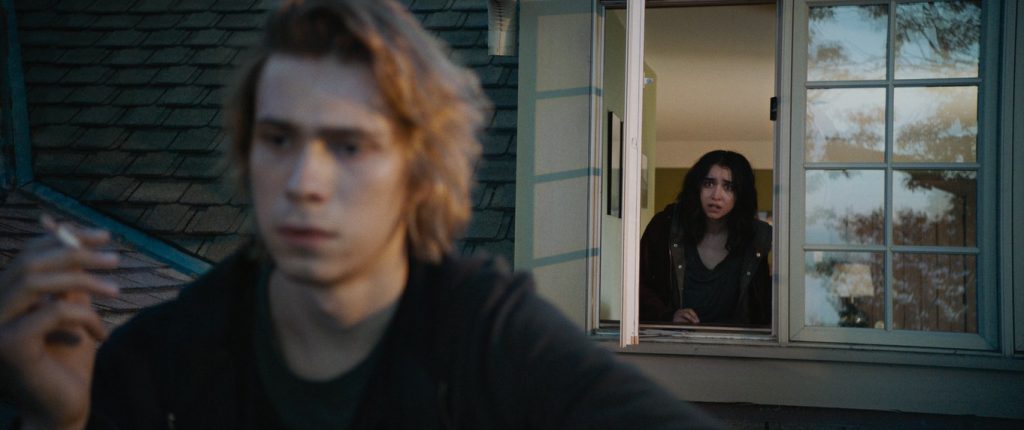
Through Adam Randall’s highly adept deployment of genre tropes, we’re suddenly in a different film. I enjoyed the disconcerting disjoint, but this will be what divides audiences because we’re suddenly watching a different movie to what we’ve been sold for the first 45-minutes. Some critics have berated I See You for not conforming to a recognisable genre while cherry-picking the best traits of several. To me, that’s one of its many strengths. It’s also drawn criticism for being too contrived. I agree it’s clearly a deliberately constructed intellectual puzzle, but it’s also a well-crafted, audacious, and completely gripping one.
Are you here for a drama, a psychological thriller, a supernatural horror, a police procedural, a murder mystery, a 1980s-style slasher? Well, there’s a touch of all those in I See You. If it had been made in Italy during the 1970s, it would’ve been an outstanding, though anaemic, giallo! It even pulls the same feat of cinematic conjuring that became a Dario Argento ‘trademark’ with The Bird with the Crystal Plumage / L’uccello dalle piume di cristallo (1970), Deep Red / Profondo Ross (1975), and Tenebrae (1982). The audience is shown something they just don’t realise they’ve seen… until much later.
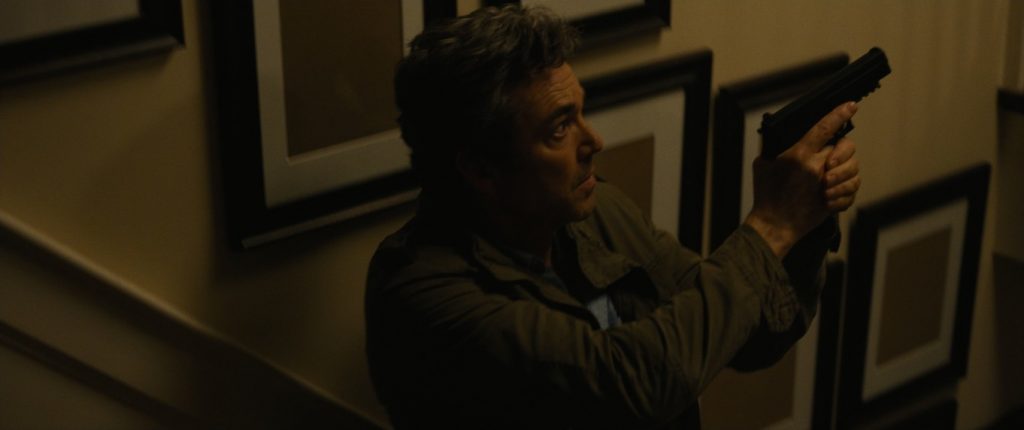
Through the first half, the Harper family have been kept at an almost voyeuristic distance. I hadn’t become emotionally invested in any of them, but the mystery was more than enough to keep me on board—plus there was Philipp Blaubach’s beautiful though often clinically meticulous cinematography. Some of the lingering shots recalled the narrative photographs of Gregory Crewdson, especially one from the outside looking into the open garage at night, as Greg pauses to consider his options.
Considering it’s an indie production with a shooting schedule of just 20 days and little or no rehearsal in advance, it’s an impressive achievement. Apparently, the relatively meagre budget of $5M was only secured after Helen Hunt signed-up on the strength of the script alone. Bringing along her multi-award-winning talent, she plays Jackie with enough confidence to be understated. She emotes convincingly without being shrill or shouty, avoiding being overly demonstrative as many actresses, with less experience, may have been. Sometimes a downward glance, a clench of the jaw, the down-turning of the lips is more than enough to convey profound inner conflict.
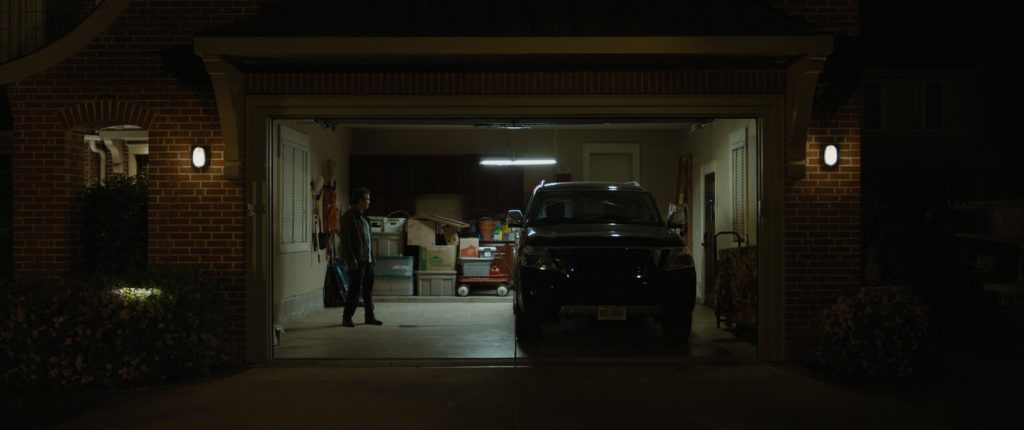
Hunt won her first Emmy for romantic sitcom Mad About You (1992-99, 2019) and has since picked up three more for her starring role as Jamie Stemple Buchman. She won an Academy Award for her lead role opposite Jack Nicholson in As Good as it Gets (1997), for which Nicholson also took away a statuette of his own.
Jon Tenney plays his multi-layered lead role with a great deal of subtle complexity and both he and Hunt are at their best when they share a scene. Tenney’s a veteran actor with a resume that goes back to the mid-’80s and was fresh off the set for HBO’s True Detective in which he played Alan Jones.
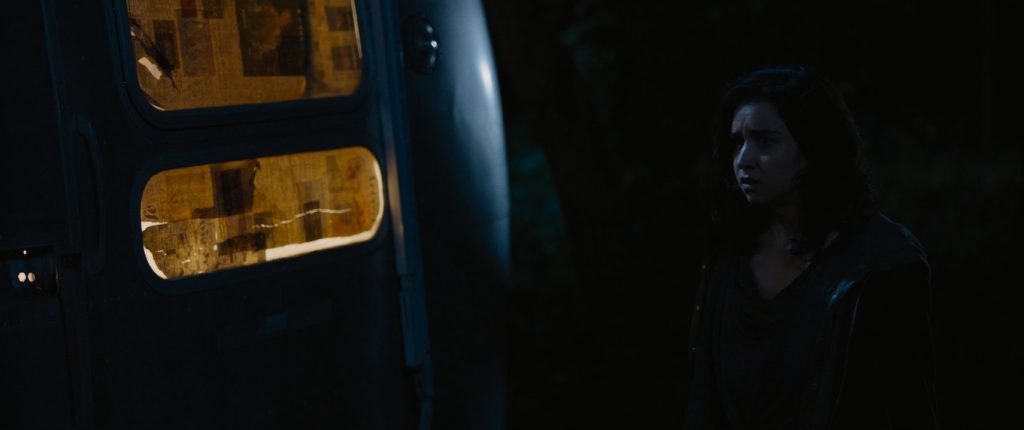
Young Judah Lewis is fine, too, as their troubled teenage son. He’s a relative newcomer with a handful of bit-parts before playing the young Gil Harris in the NBC legal drama Game of Silence (2016), and with his first starring role in The Babysitter (2017). He keeps Connor convincingly close to real, without too many of the usual tantrums and histrionics. Sadly, a whole swathe of his story, set in school, was jettisoned due to time constraints and availability of locations.
Likewise, we see less of Gregory Alan Williams’s Lt. Spitsky than originally scripted, which is a shame because his self-doubting detective provides a backbone to the plot. Williams’ face may be familiar, and that’s no surprise. He’s been a hard-working actor for around 30-years since his feature debut as an FBI agent opposite Steven Seagal in Above the Law (1991). Since then, he’s played more than his fair share of detectives, attorneys and doctors. He just has that kind of instant gravitas. He also appeared in Game of Silence, as recurring character Aaron Epps.
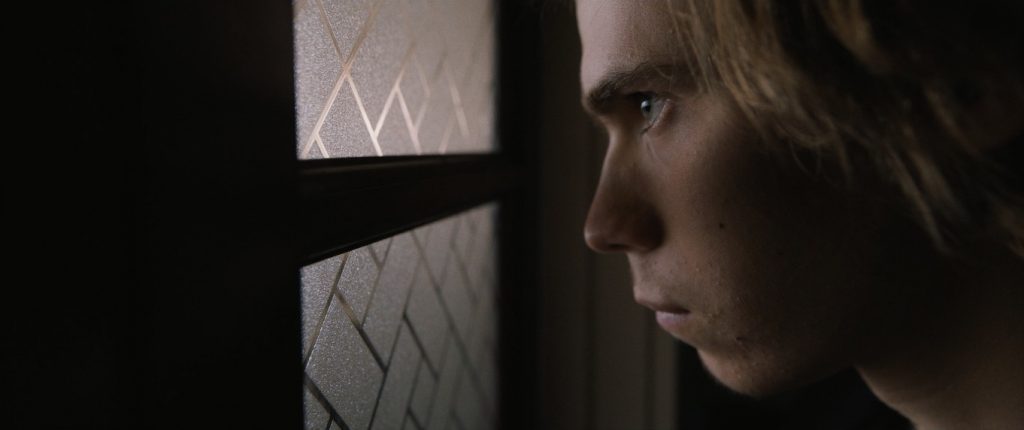
Which brings us to Libe Barer and Owen Teague, who play two young characters who are essential to the story’s success, but whom I’m unable to discuss in any detail without giving too much away! Except to say that both turn-in exceptional performances that elevate the whole movie.
The house itself also turns in a pretty good performance. Adam Randall had hoped to construct a purpose-built, full-sized set of the house to facilitate some of the crucial action choreography the script demanded. When the budget wouldn’t stretch to that, the location scout found a real house on the shores of Lakewood’s Edgewater neighbourhood in Cleveland, on the banks of Lake Erie.
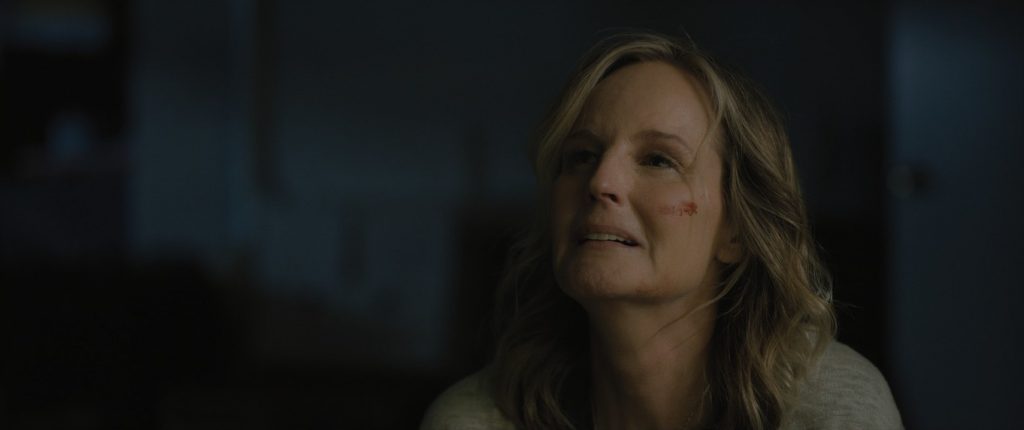
That brought with it both problems and unexpected bonuses. One problem it presented was the dependence on the natural light that restricted the number of takes that could be shot in the magic dawn and dusk hours. It kept costs manageable but forced a reworking of the planned activities that tightened and streamlined the script. One of the benefits of shooting direct to digital is that grading is much easier in post-production. Slight variations in lighting between shots can be adjusted to match.
There are many slow tracking shots through empty rooms that start to make the familiar seem strangely sinister. There’s a Lynchian accent to some of the low-light interiors and Randall cites Lost Highway (1997) as a major influence. These shots are accompanied by an unusual first score by British composer William Arcane with sounds that suggest whale song, giving the impression of being ‘in the belly of the beast’. Arcane’s music plays a crucial role in creating intensity throughout. It just wouldn’t be the same without the strange soundscape maintaining the mood.
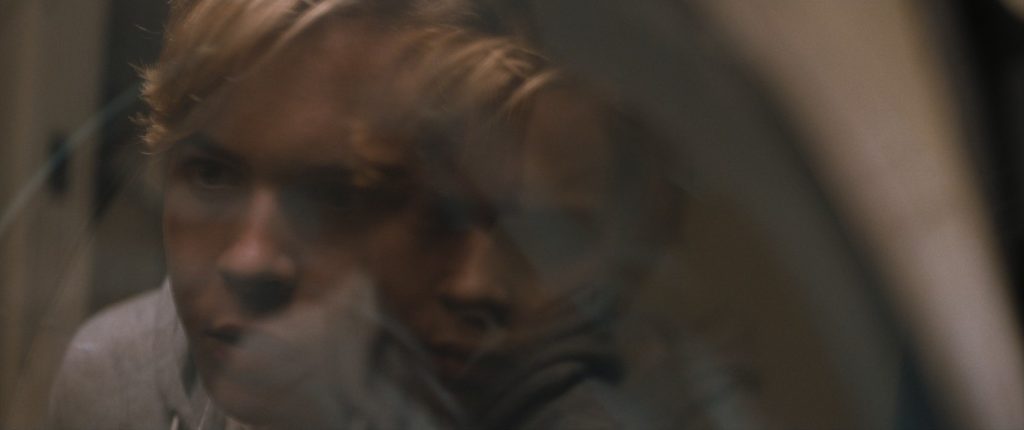
As the final scenes play out, I See You still hasn’t decided what genre to be. Instead, it’s been a post-modern puzzle of familiar tropes, cleverly used as narrative shorthand to move the story along. It always felt like it was about to tip over into outright horror, but remains fairly discreet, relying on a creeping unease that slowly turns to dread. Although there are a few well-handled jump-scares, it never goes for full-blooded slasher gore. If that’s what you want, look elsewhere.
It’s R-rated in the US (15 in the UK), but don’t expect anything visceral. There’s some violence, sure, and moments of short sharp brutality, but nothing too explicit. It’s simply the intensity and the adult themes that have ramped up the certification. It would certainly worry children, of course, and even adults of a nervous disposition will be checking under the bed and in the closets before turning out the lights.
I See You is an entertaining ride, but it puts audiences through an emotional wringer. There’s edge-of-the-seat tension worthy of any good psychological thriller, and its reveals are as shocking as many great horrors. There is collateral damage, as not everyone’s going to make it out alive, and the bleakness of the finale would be devastating if not counterpointed by a satisfying sense of closure for some of the characters… and the audience.
USA | 2019 | 96 MINUTES | 2.35:1 | COLOUR | ENGLISH

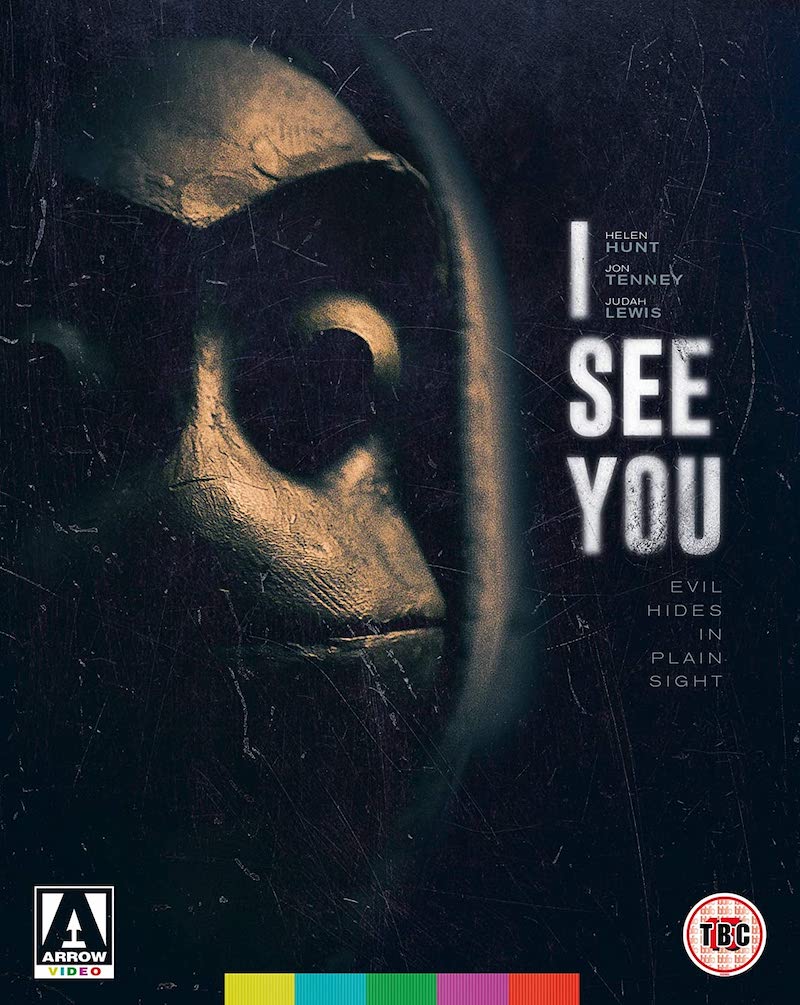
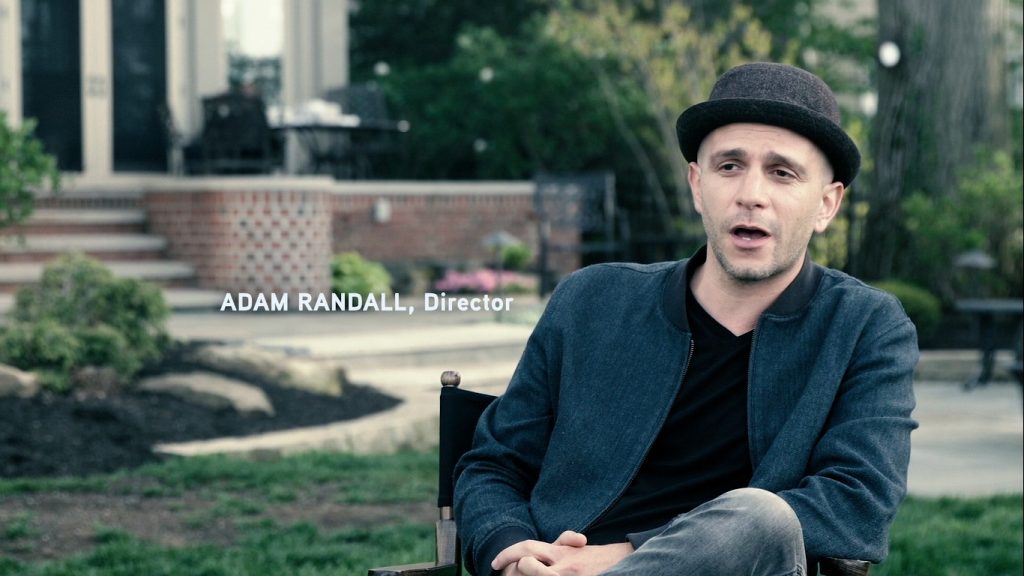
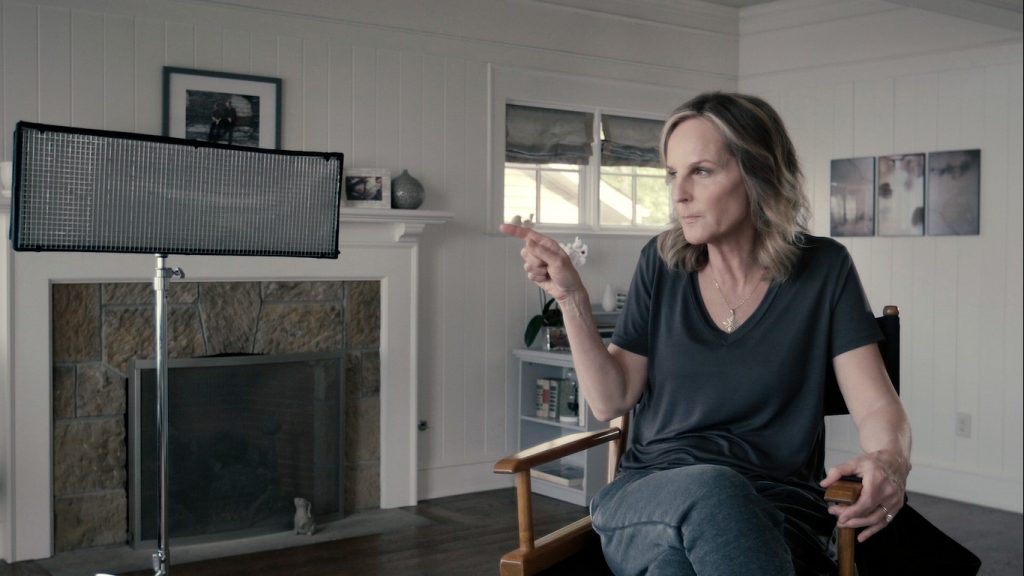
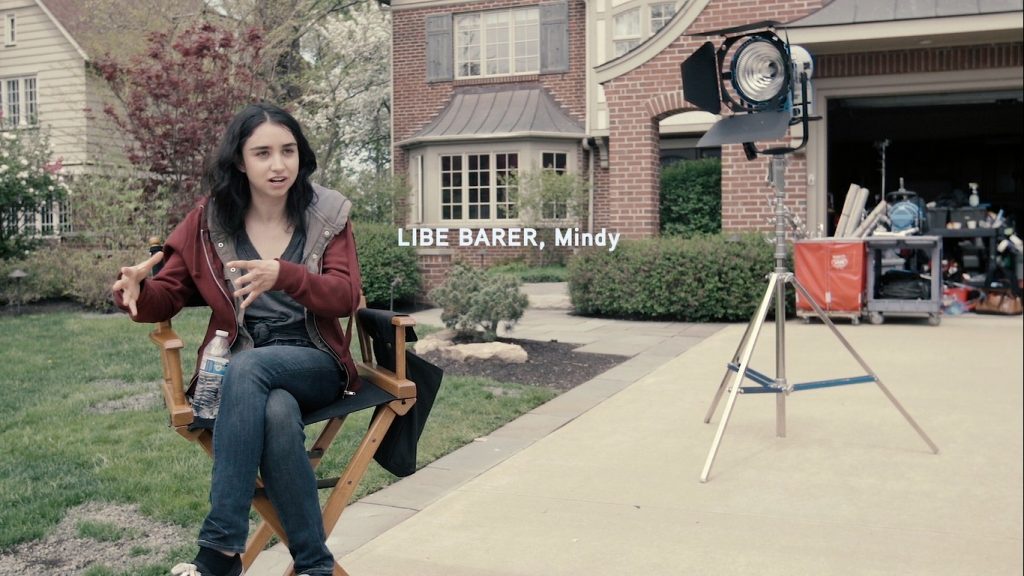
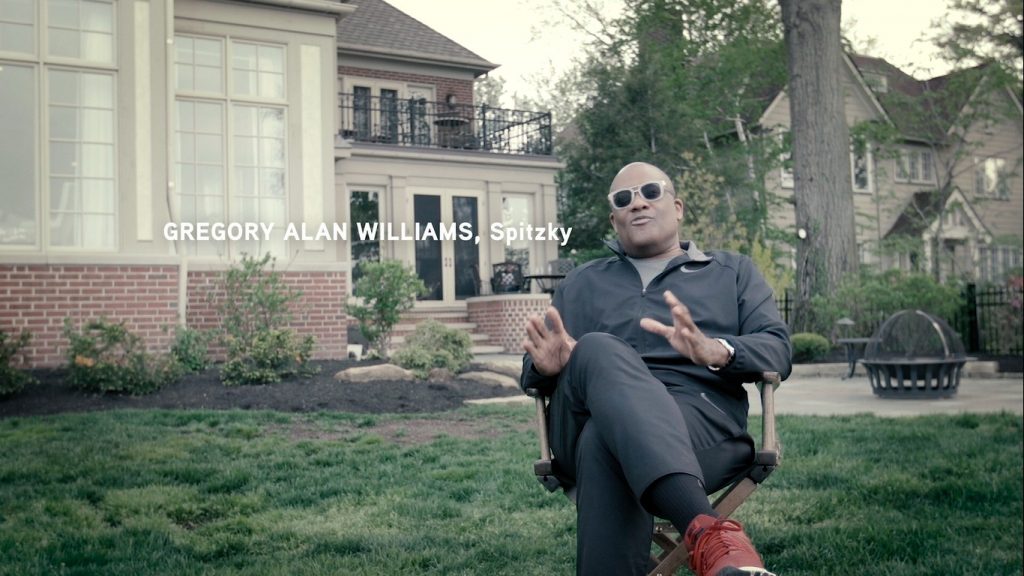
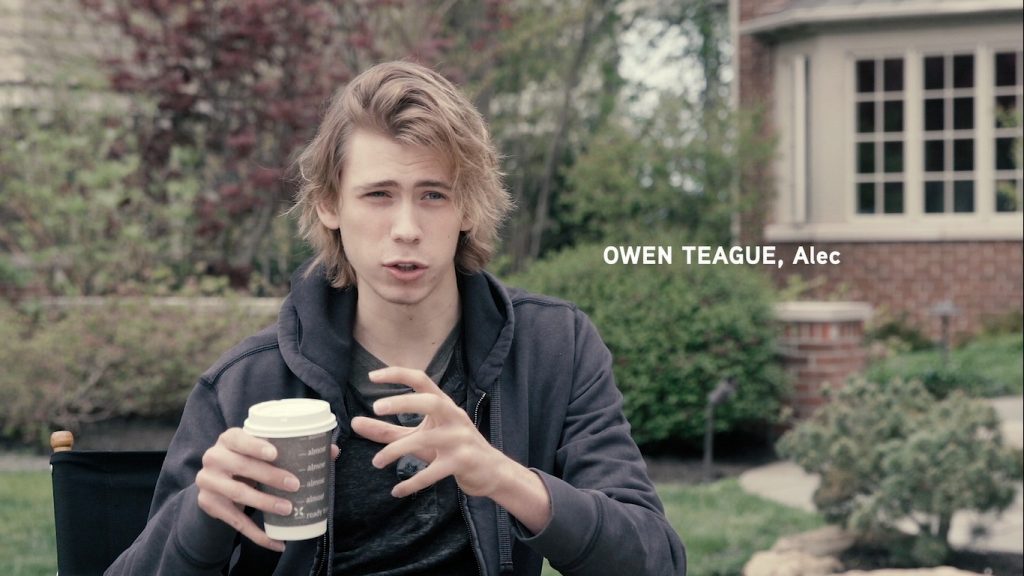
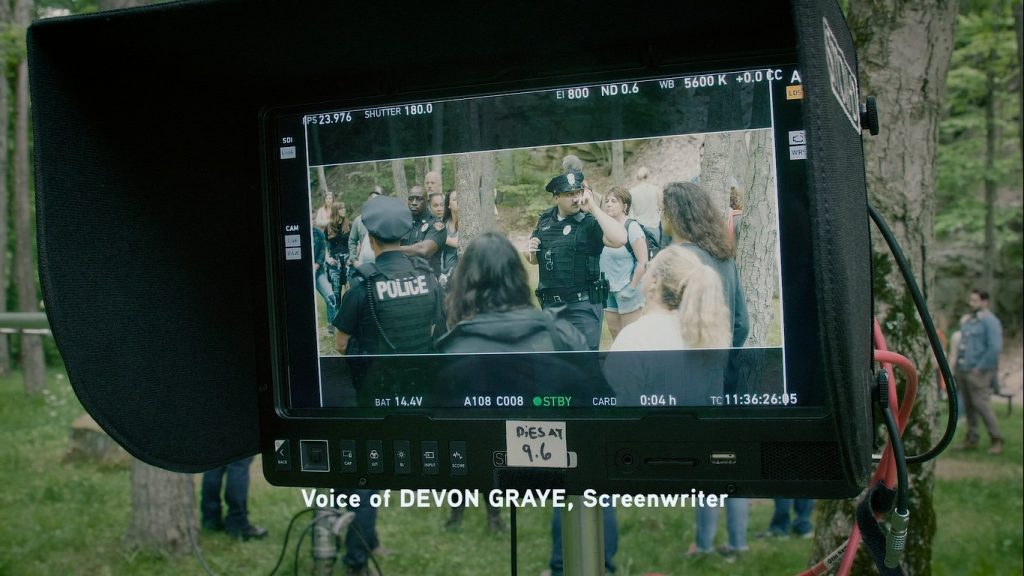
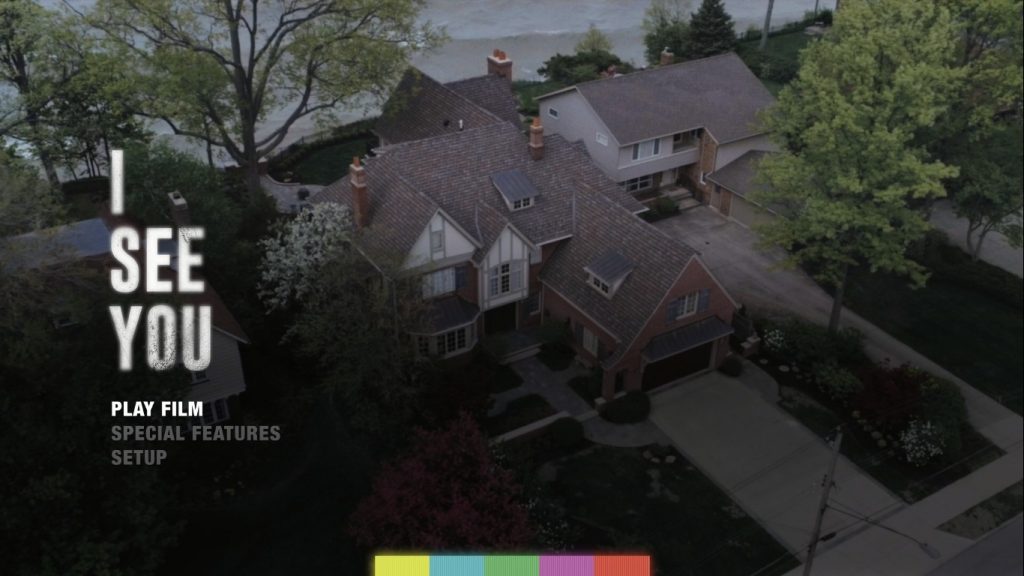

director: Adam Randall.
writer: Devon Graye.
starring: Helen Hunt, Jon Tenney, Judah Lewis, Owen Teague & Libe Barer.

